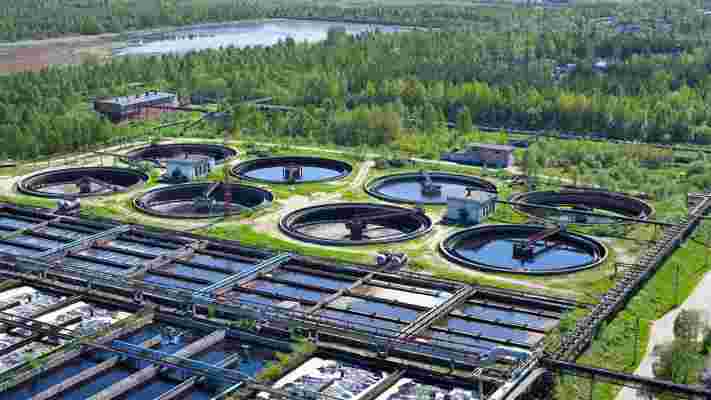It has become something of a refrain in Washington DC that the only thing that unites people from across the political spectrum is the need to invest in infrastructure. But while it might be convenient to talk about the need for better roads and bridges, other infrastructure systems, like water, are in just as great, if not greater, need of a 21st century reboot. It can also be a trickier subject on which to reach consensus.

“It has become a crisis,” says Chin Lien, Director of Water Services at the multi-national engineering firm WSP, in speaking about water infrastructure in the U.S. “Many of the underground pipelines in American cities are 100 years old and need repairs and upgrades,” he explains. “And I’m not talking about adding the newest technologies either—I’m talking about basic maintenance and upgrades. Our systems are degrading under our feet.”
As he sees it, the U.S. excels with water regulation. “We are really quite advanced when it comes to how we regulate water quality,” he explains, citing the landmark Clean Water Act of 1972 (which, incidentally, the Trump administration has proposed to weaken).
For a model of water infrastructure, Lien looks to Scandinavia, where, as he says, “they have developed sustainable infrastructure to recycle and reuse water.” Take Denmark, for example. Though the country is relatively small, its serpentine coastline measures 4,000 miles long, and its contours make it so that no place in the country is more than 30 miles from the sea, making it something of a laboratory for 21st century water infrastructure.
Water management is a complex affair that entails waste water, drinking water, and storm water—and the most promising emerging models integrate these systems, as they do throughout Denmark. Rather than sequestering water into sewers, which amplifies the risk of unhealthy run-offs (rendering urban waterways unswimmable), cities in Denmark have been integrating it into the urban landscape. As the Danish Water Forum explains in a policy paper, “just a decade ago, most cities in Denmark regarded water as something to hide and remove in sewers, not as the valuable resource it actually is.” Now, having implemented a water infrastructure modernization, the organization points to a dramatic reduction of demand on waste water treatment, and of the number of combined sewer overflows —that leakage, by design, of sewage into open waterways when storm water exceeds a system’s capacity.
Though Denmark’s investments can be quantified in flooding incidents, E. coli levels, and maintenance cost, most experts point elsewhere as evidence of the value of water infrastructure integration: the people now safely swimming in Denmark’s urban harbors.
